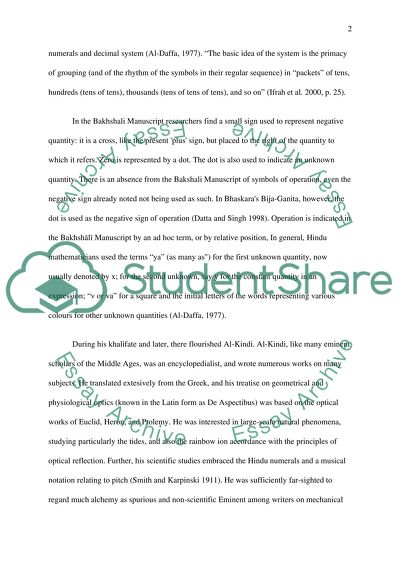Cite this document
(“Counting Systems Essay Example | Topics and Well Written Essays - 1250 words”, n.d.)
Retrieved from https://studentshare.org/history/1502027-counting-systems
Retrieved from https://studentshare.org/history/1502027-counting-systems
(Counting Systems Essay Example | Topics and Well Written Essays - 1250 Words)
https://studentshare.org/history/1502027-counting-systems.
https://studentshare.org/history/1502027-counting-systems.
“Counting Systems Essay Example | Topics and Well Written Essays - 1250 Words”, n.d. https://studentshare.org/history/1502027-counting-systems.


